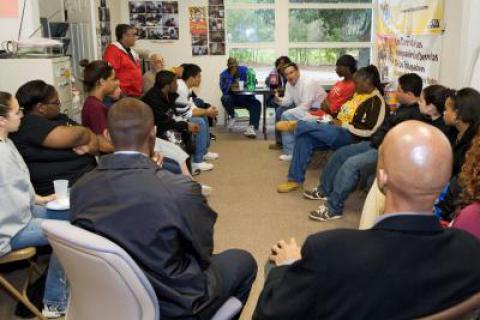One Percent's Twisted New Heist: What's Really Behind Privatization
Salon

Outsourcing government not only leads to poor services -- it's killing the middle class, an expert tells Salon










Spread the word